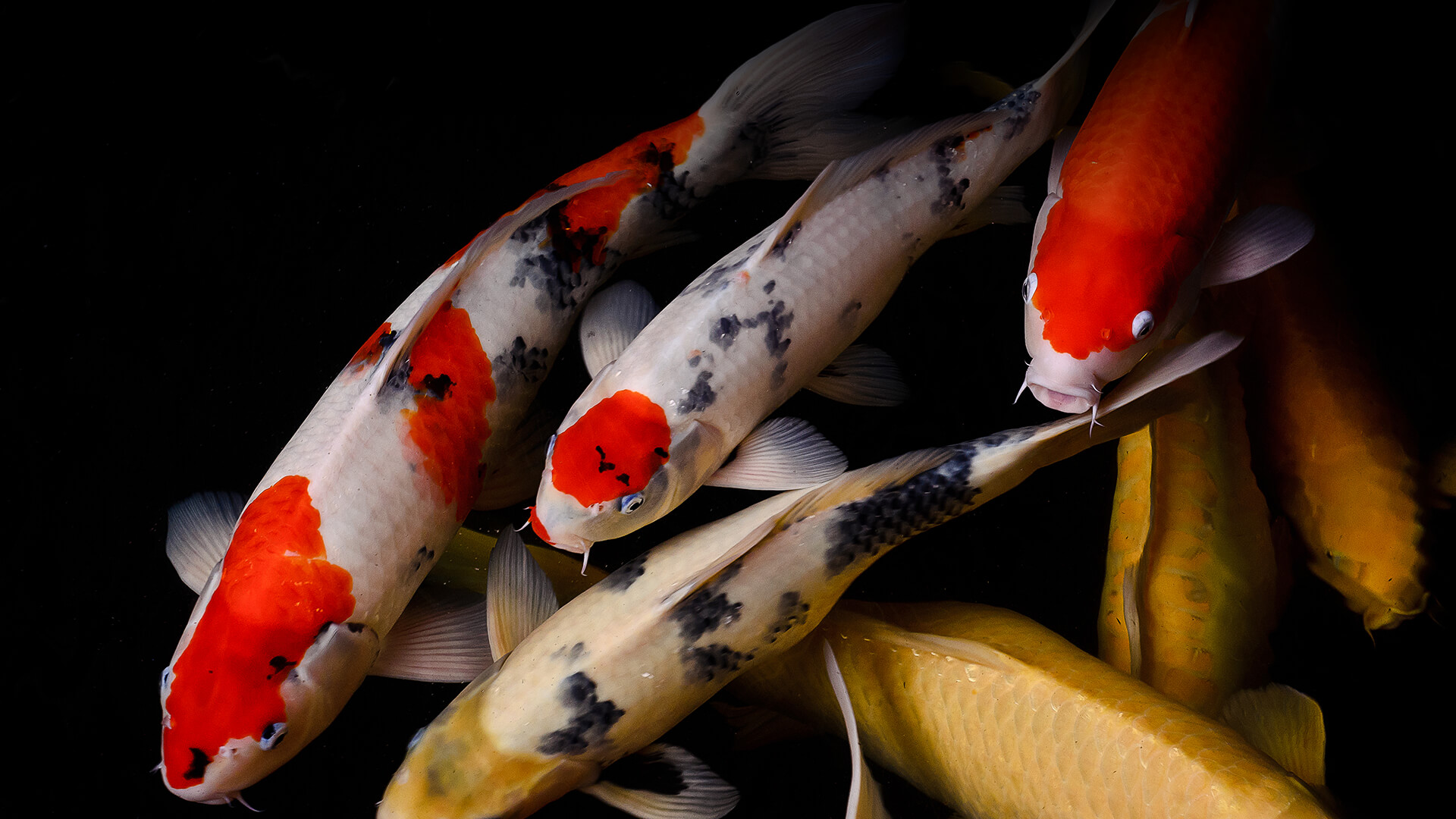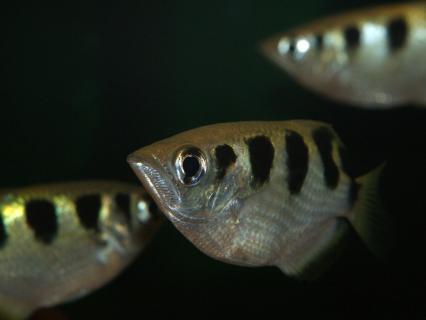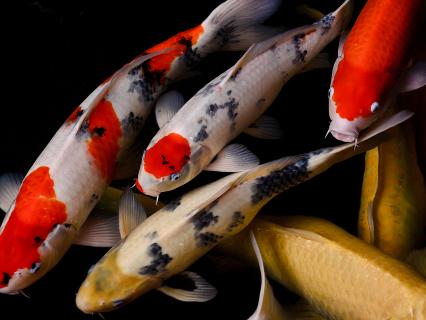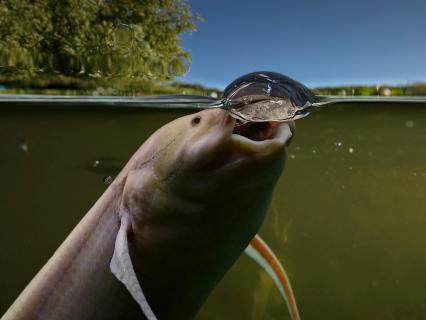
Fish
DEFINING CHARACTERISTICS:
Vertebrates
Ectothermic ("cold-blooded")—body temperature depends on water temperature
Live in water, and swim
Take oxygen from water, through their gills
Fish live in just about all aquatic habitats on Earth, from deep oceans to trickling mountain brooks. Different species are adapted for living in different places, so the fish that live in a coral reef are different from those that cruise the open ocean or those you see darting about in a freshwater lake. In fact, there are about 28,000 different species of fish.
ALL KINDS OF FISH
Most fish are classified as bony fish, which refers to the fact that their skeleton is made of bones. Bony fish also have some paired—right and left—fins. Sharks and their relatives (skates, rays, and ratfish) have paired fins too, but their skeleton is made of firm, flexible connective tissue called cartilage. (You've got cartilage too, at the tip of your nose and in your ears.) Lampreys and hagfish belong to yet another group of cartilaginous fish. These—more primitive—fish lack paired fins, along with jaws; their mouth is a sucking disc.
WHAT'S FOR DINNER?
Depending on the species, a fish may be an herbivore (plant-eater), a predator, or a detritivore (an animals that eats decomposing plants and animals). Some fish are omnivores that eat just about anything.
BIG AND SMALL
The world's biggest fish is the endangered whale shark Rhincodon typus, which can be as long as a school bus (45 feet, or nearly 14 meters). Whale sharks live in warm to temperate oceans. In spite of their tremendous size, they are filter feeders that eat plankton, some of the smallest food in the sea. Most other species of fish, though, are much smaller, and some are quite tiny. The smallest fish may be the less-than-half-inch (1-centimeter) minnow Paedocypris progenetica, which lives in freshwater habitats in parts of Southeast Asia.
SWEET SLIME
Fish produce mucus that covers their skin and scales. That's what makes a fish feel slimy, but more importantly, it helps keep a fish healthy. For a fish, a mucus layer provides a protective barrier that keeps out germs.







